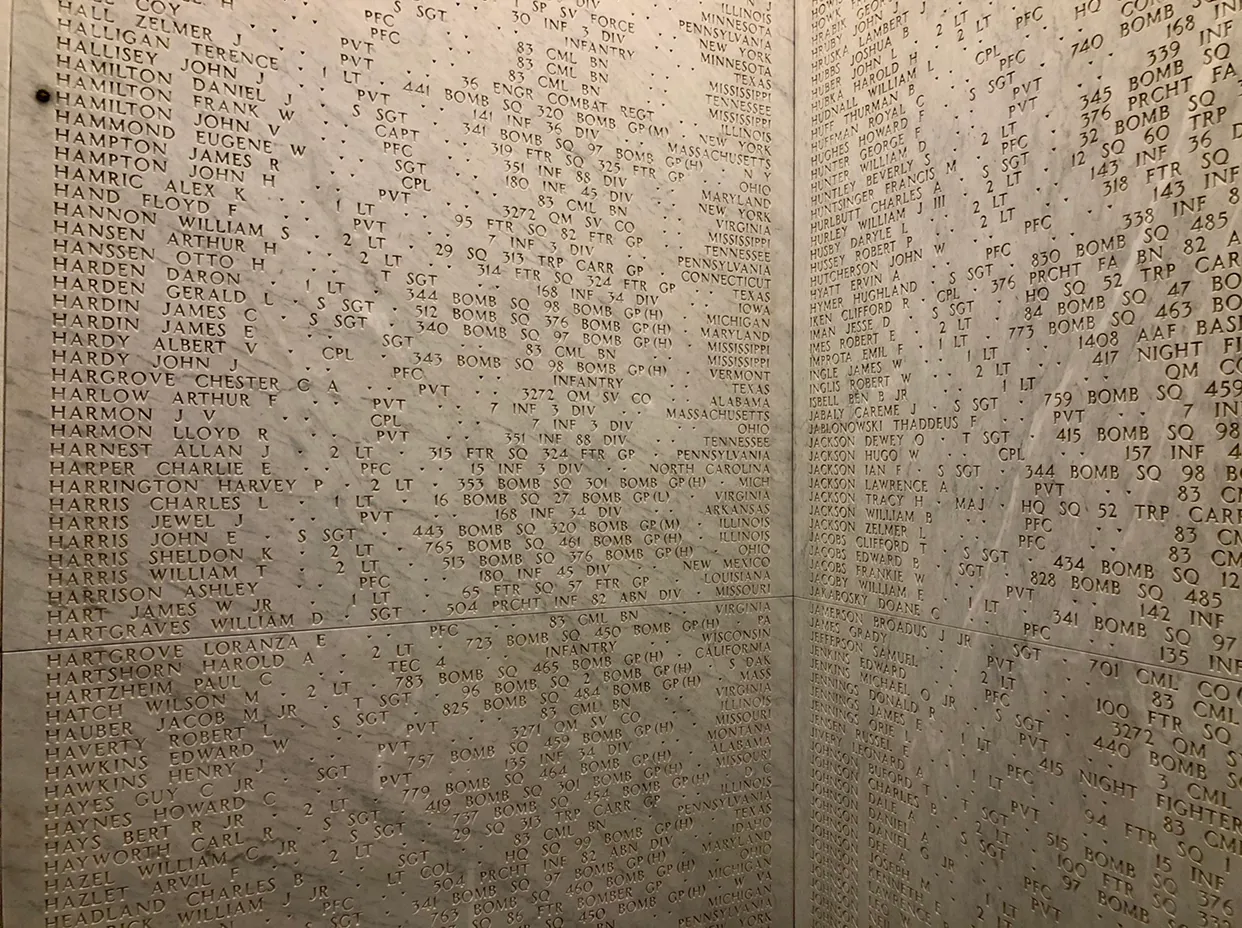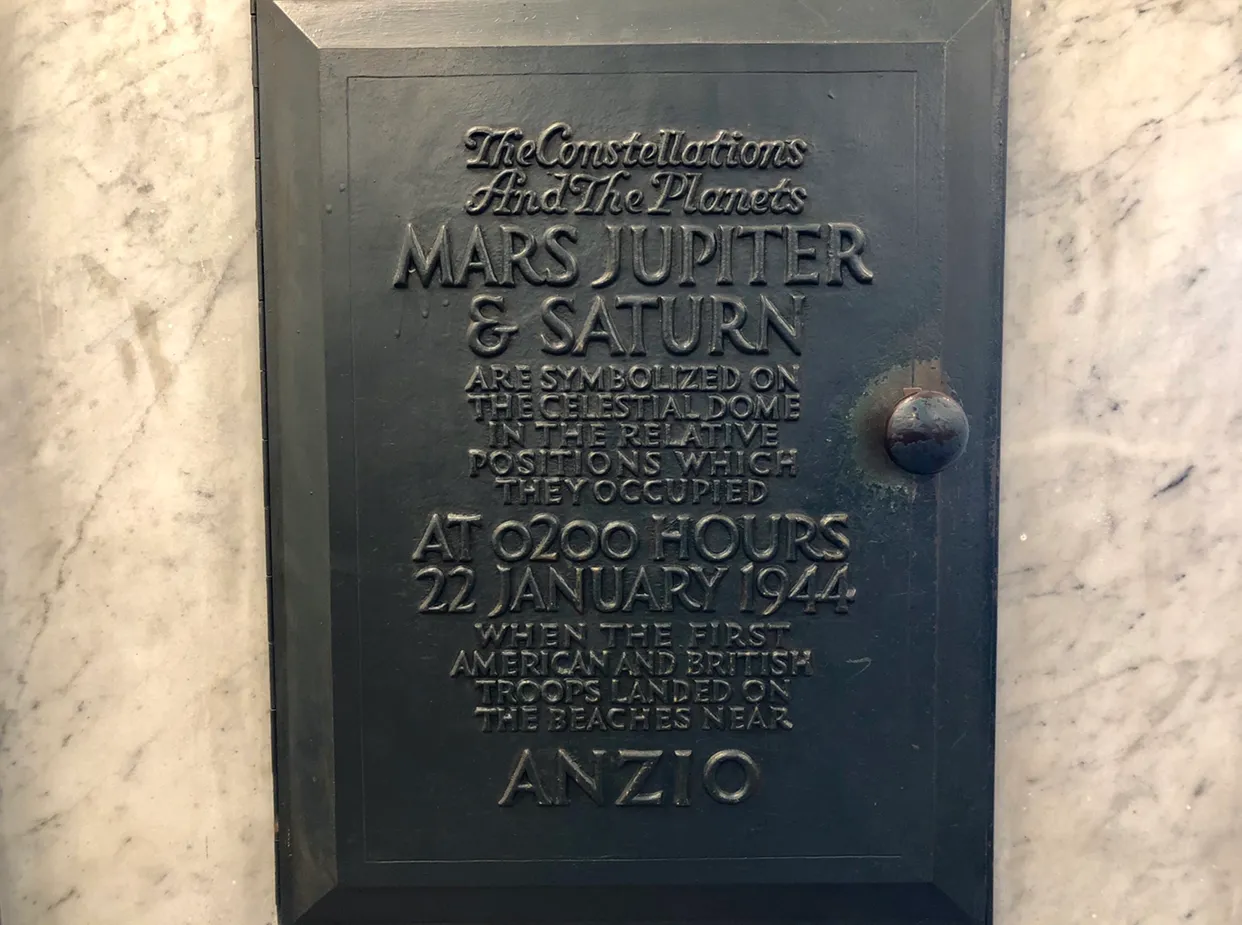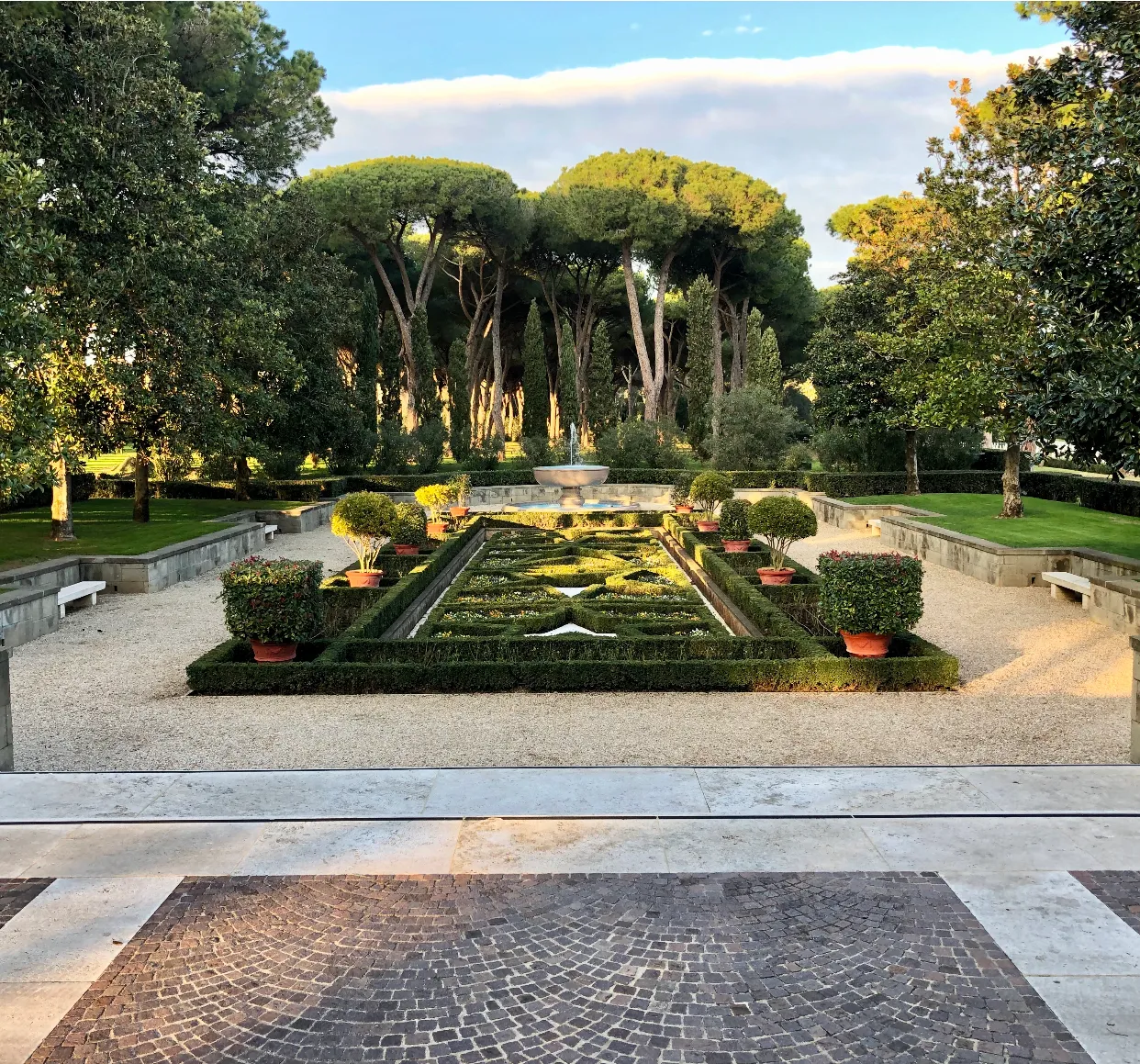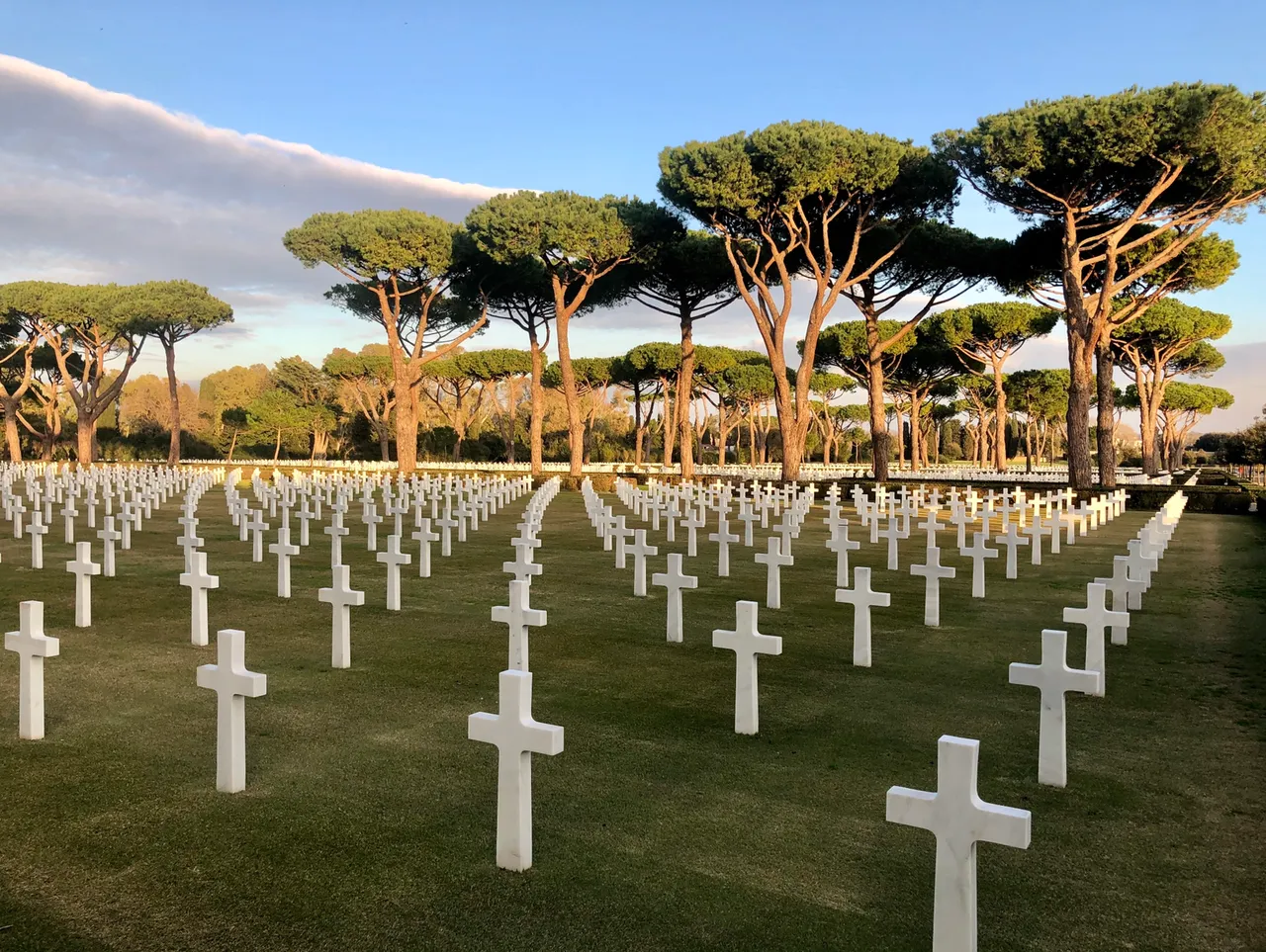
It isn’t too often you see American flags flying in Europe, I think I’ve only seen one since arriving in Italy a month ago. Yesterday, when we saw several American flags flying high above the tree line in Nettuno, we went in for a closer look.
We took a train out of Rome to the port town of Anzio, about an hour long ride, with the intention of having lunch and getting a look at the Tyrrhenian Sea, then we’d head back—it’s our last weekend in Italy. What we didn’t expect to find was the Sicily-Rome American Cemetery and Memorial—I’m glad we did.
In the months and years leading up to August, 1943, Adolf Hitler and his combined military forces conquered more than 20 European countries including Italy, all the way into Rome. The liberation of Sicily began in July that year when the United States stepped in to end Hitler’s attempt at world domination by taking over the beaches of Anzio and Nettuno, along the Italian coast, and continued moving north until Hitler finally succumbed to American forces in 1945. #history.
The Sicily-Rome American Cemetery and Memorial was established in January, 1944—a 77 acre plot of land on the Italian western coast dedicated in 1956 to honor the 7,858 American soldiers who lost their lives protecting the world from Adolf Hitler.
With only one way in and one way out, guarded by armed military personnel, you’re first met by a giant pond to walk around with a handful of geysers spraying water about 10 feet in the air. Beyond the pond is a long stretch of grass, roughly 300 yards long, leading to the monument dedicated to the fallen soldiers with all 7,858 crosses standing on either side. Before entering the monument is a bronze statue of two soldiers with their arms around each other.
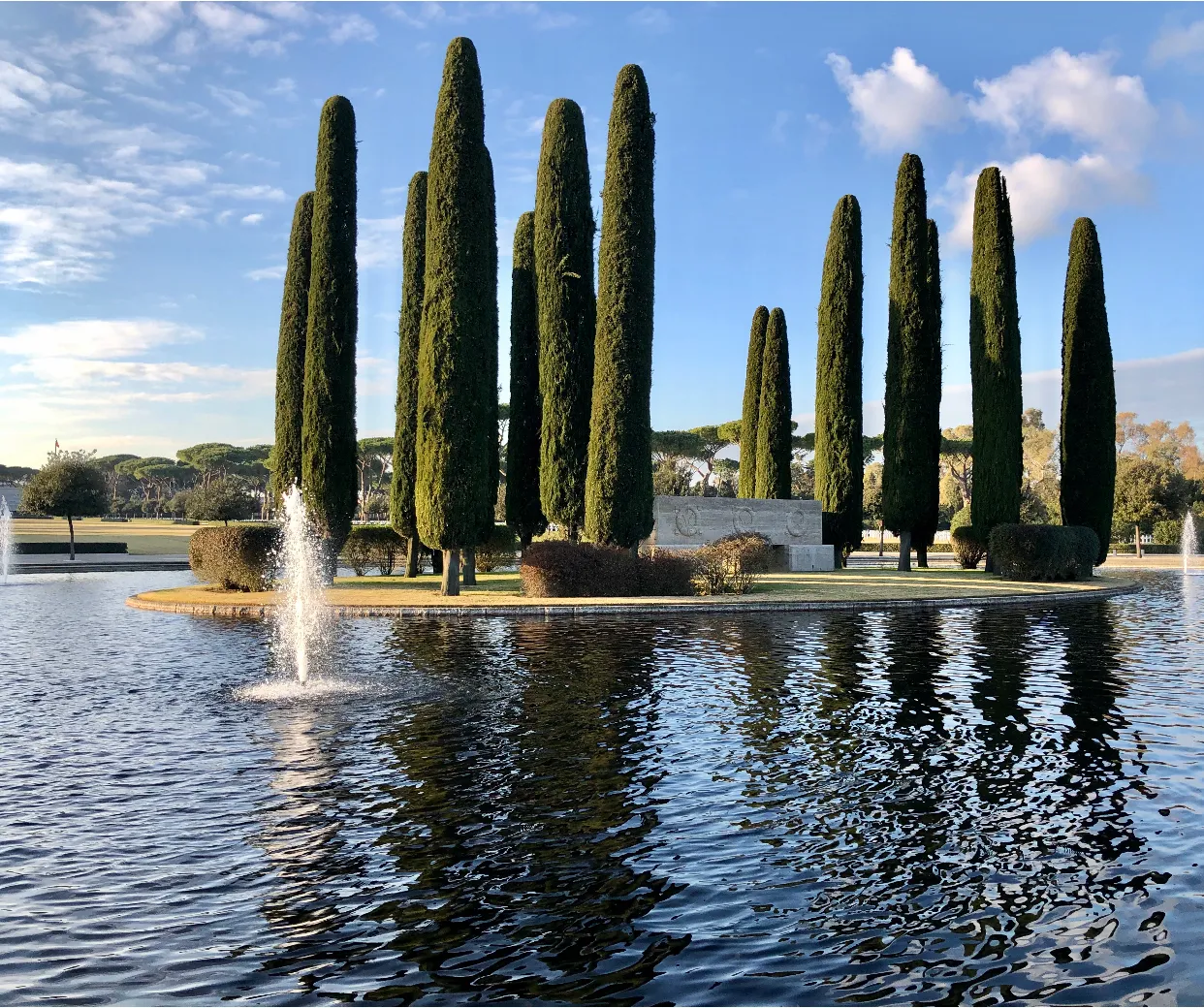
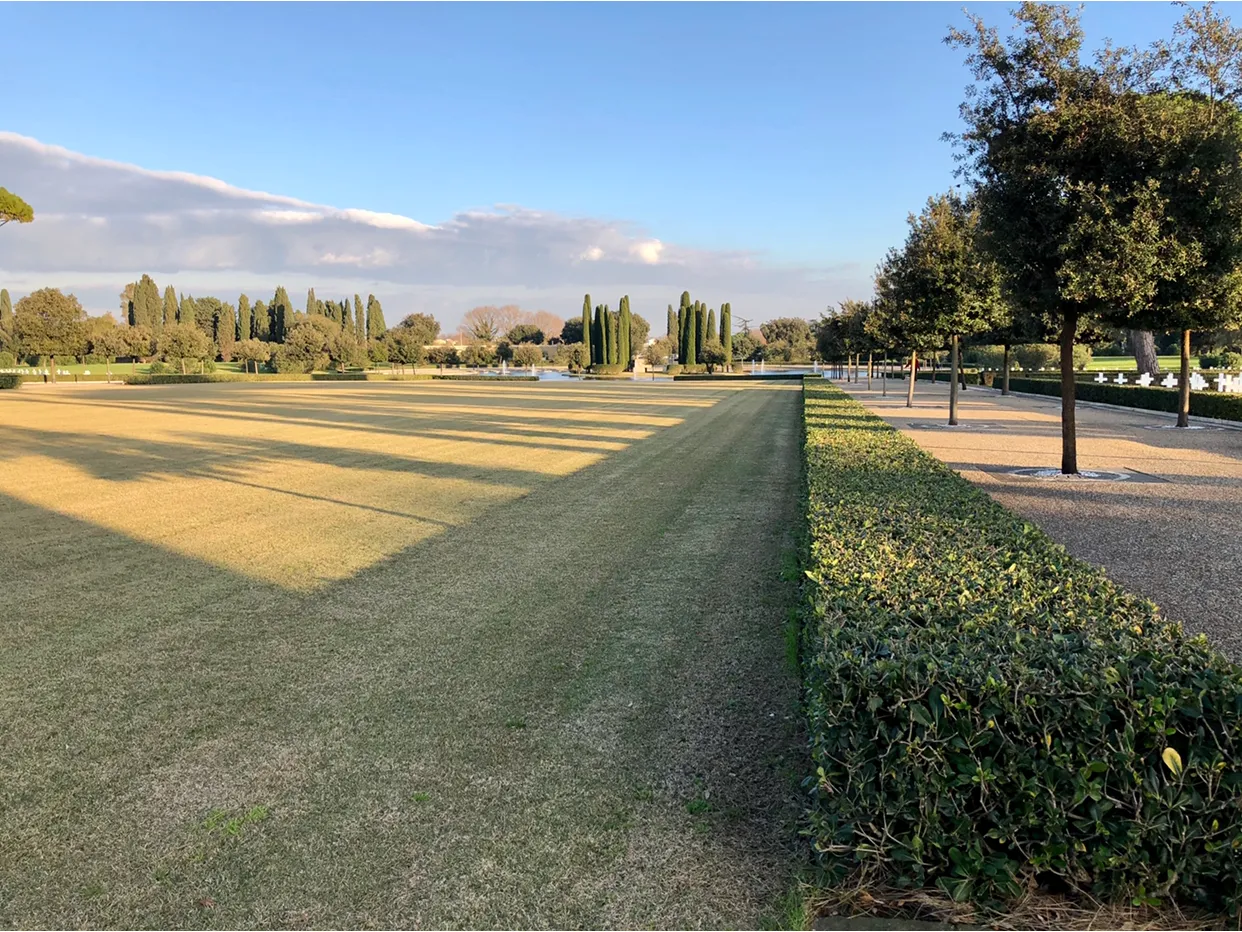
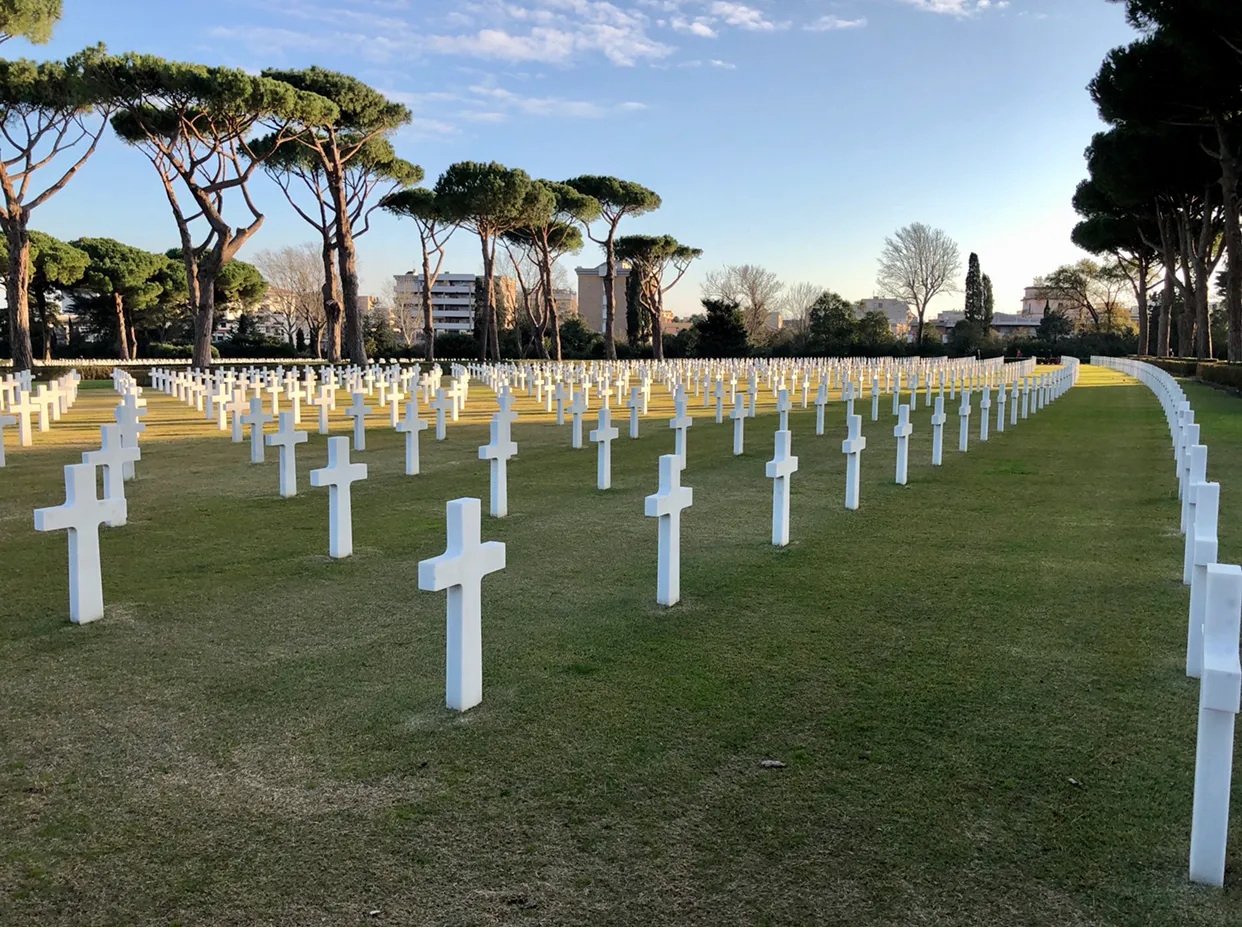
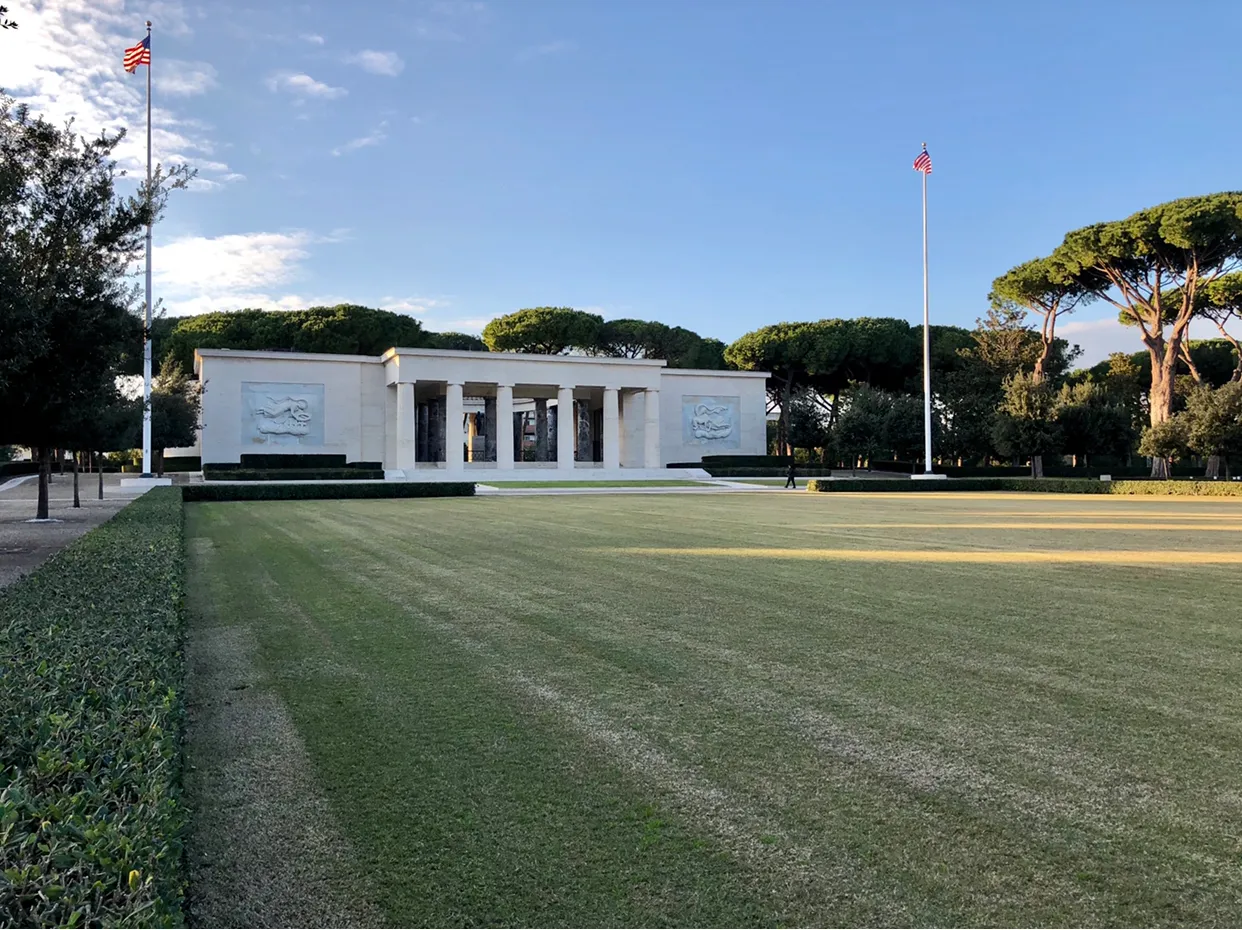
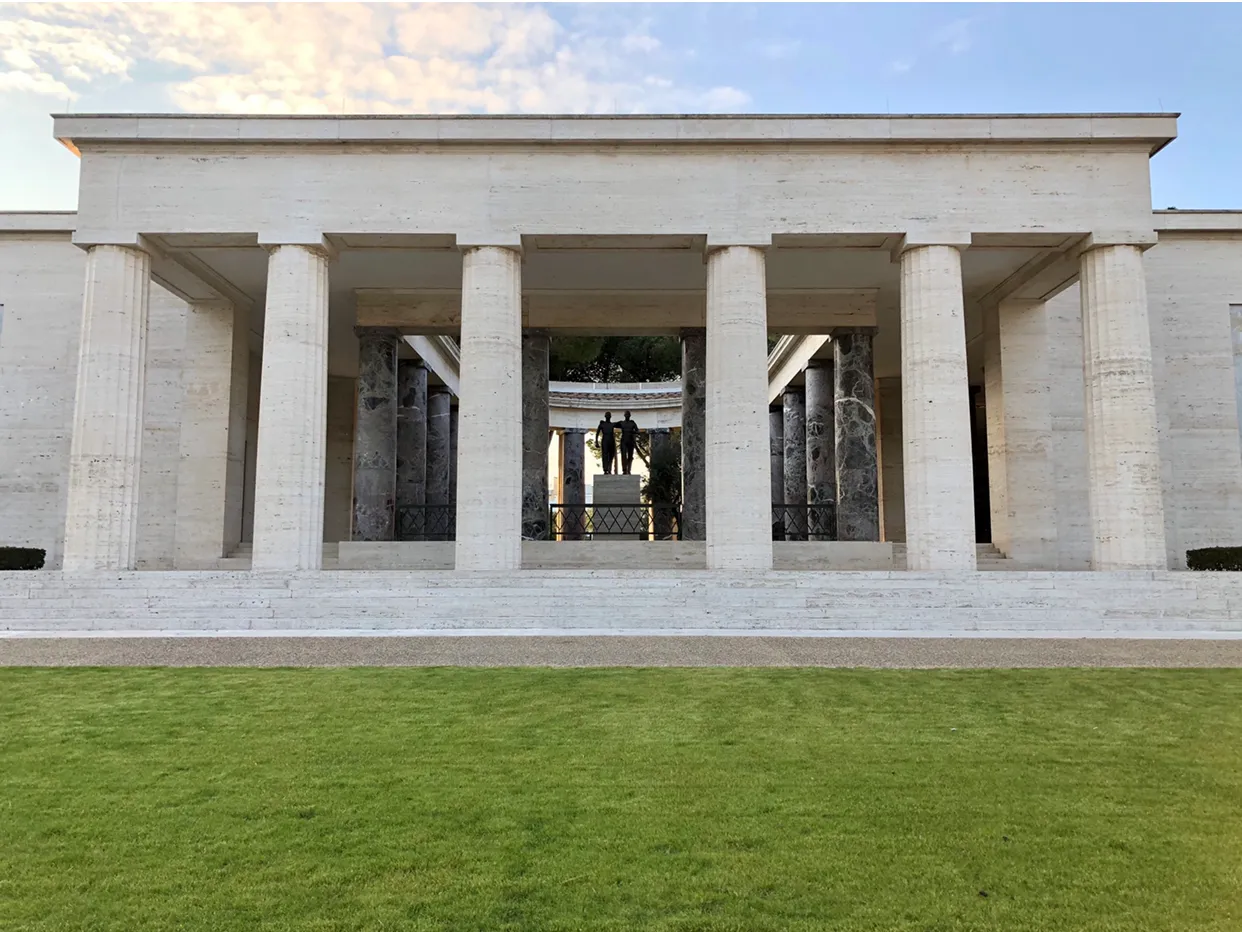
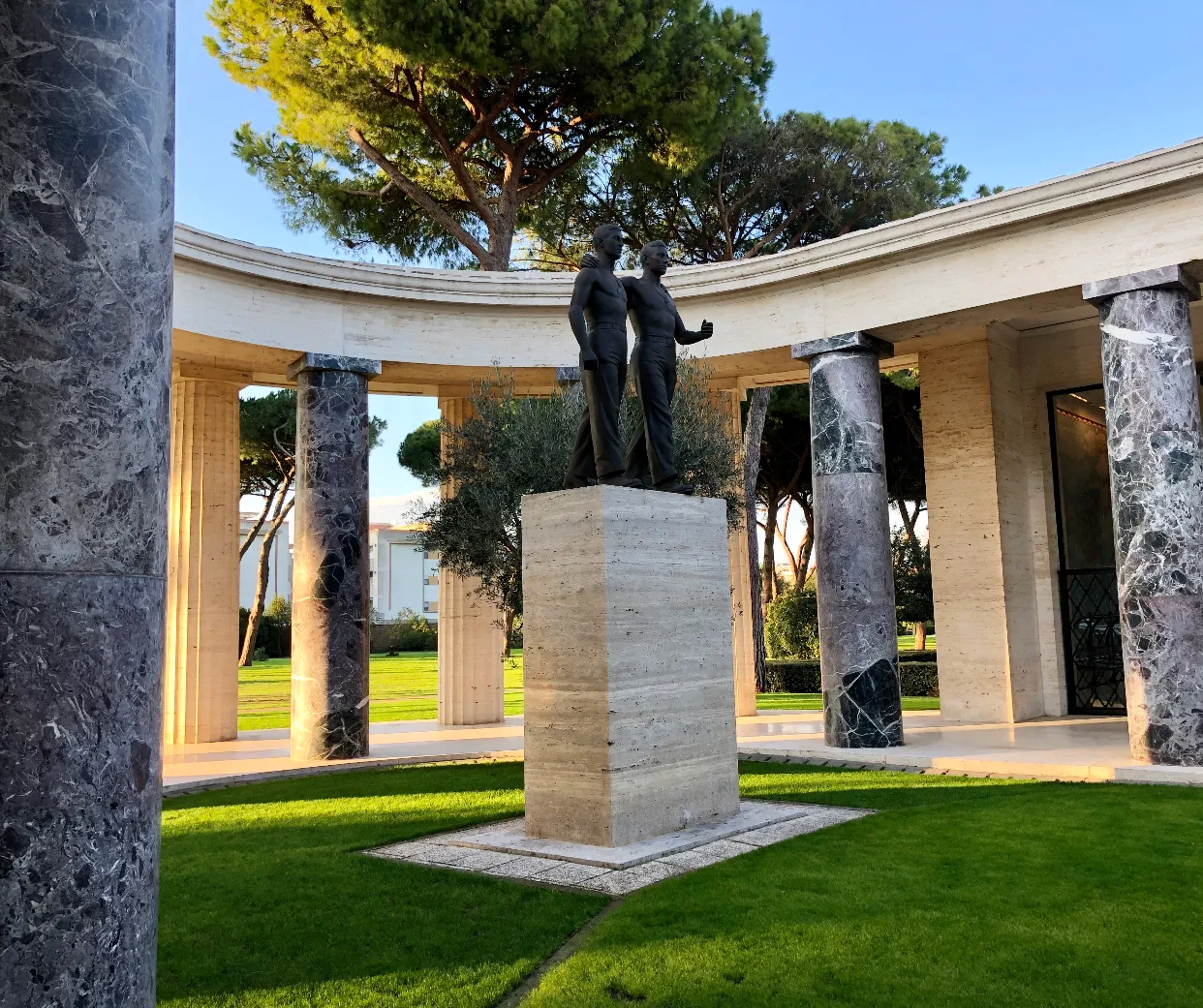
As you walk inside, you’re first drawn to the American flags standing on the either side of the passage inscribed marble. On the ground is a map of Italy and surrounding territory once occupied by German forces. Immediately following the picture of the map is looking directly at the ceiling—a giant piece of art featuring men, women, snakes, birds, and all kinds of different animals.

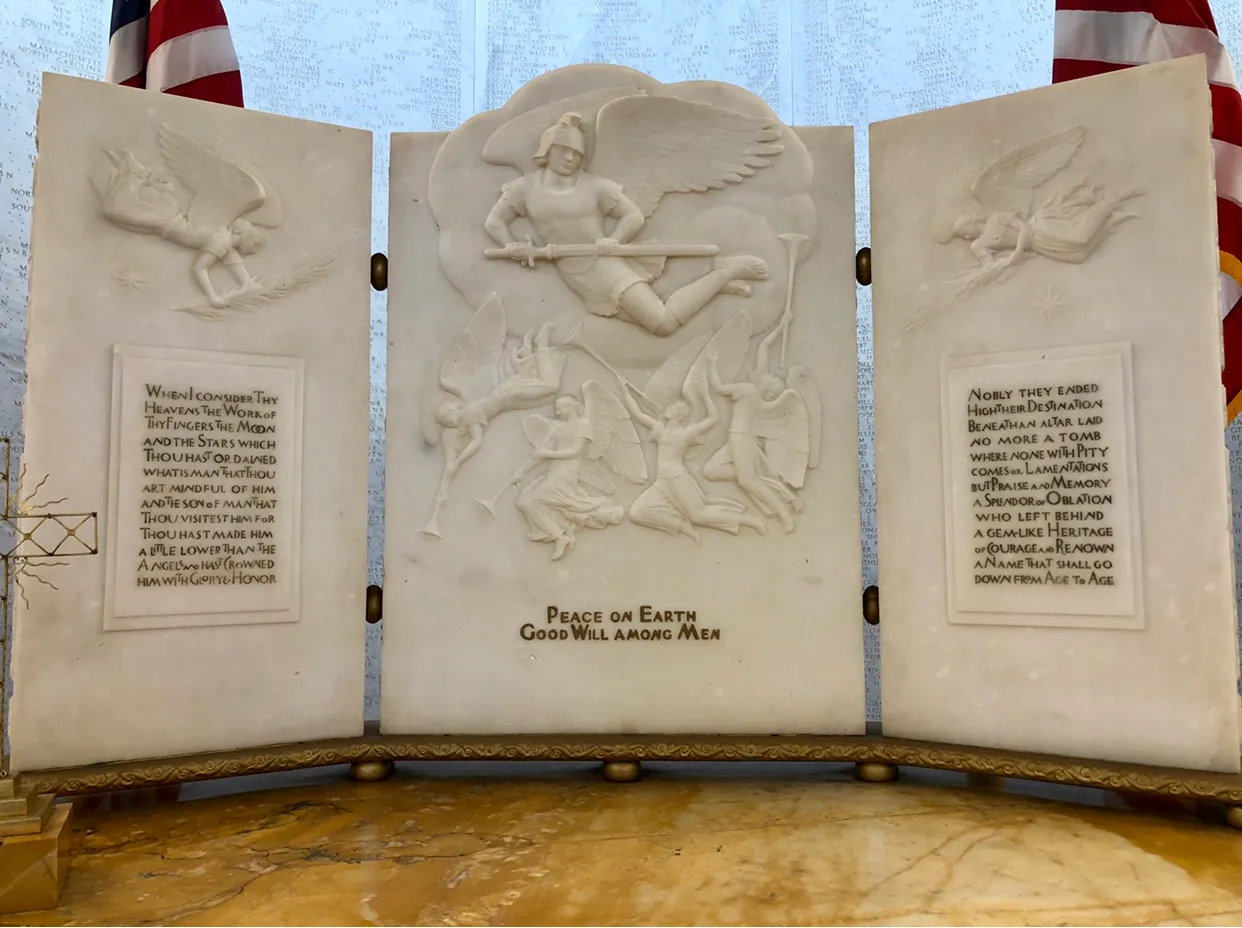
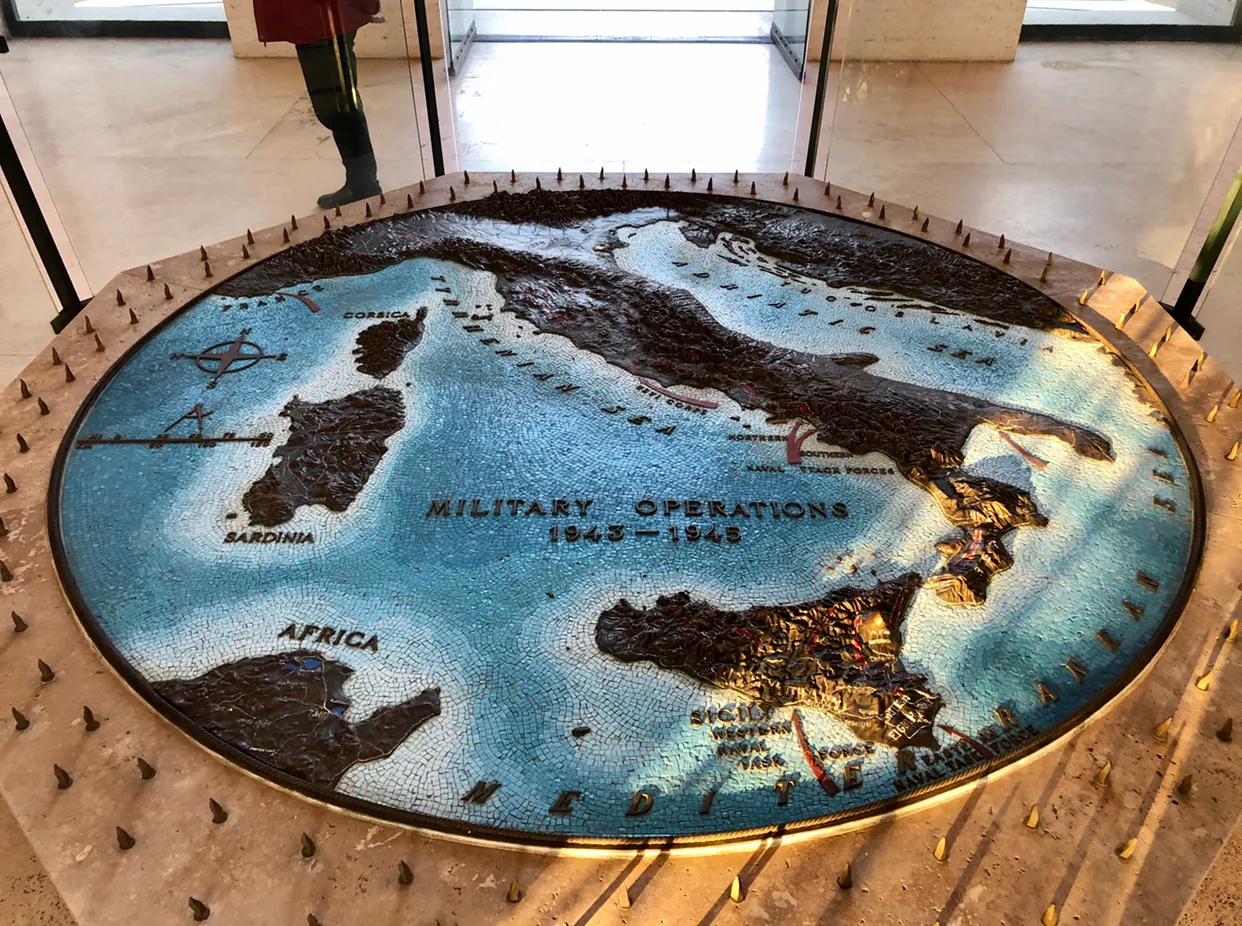
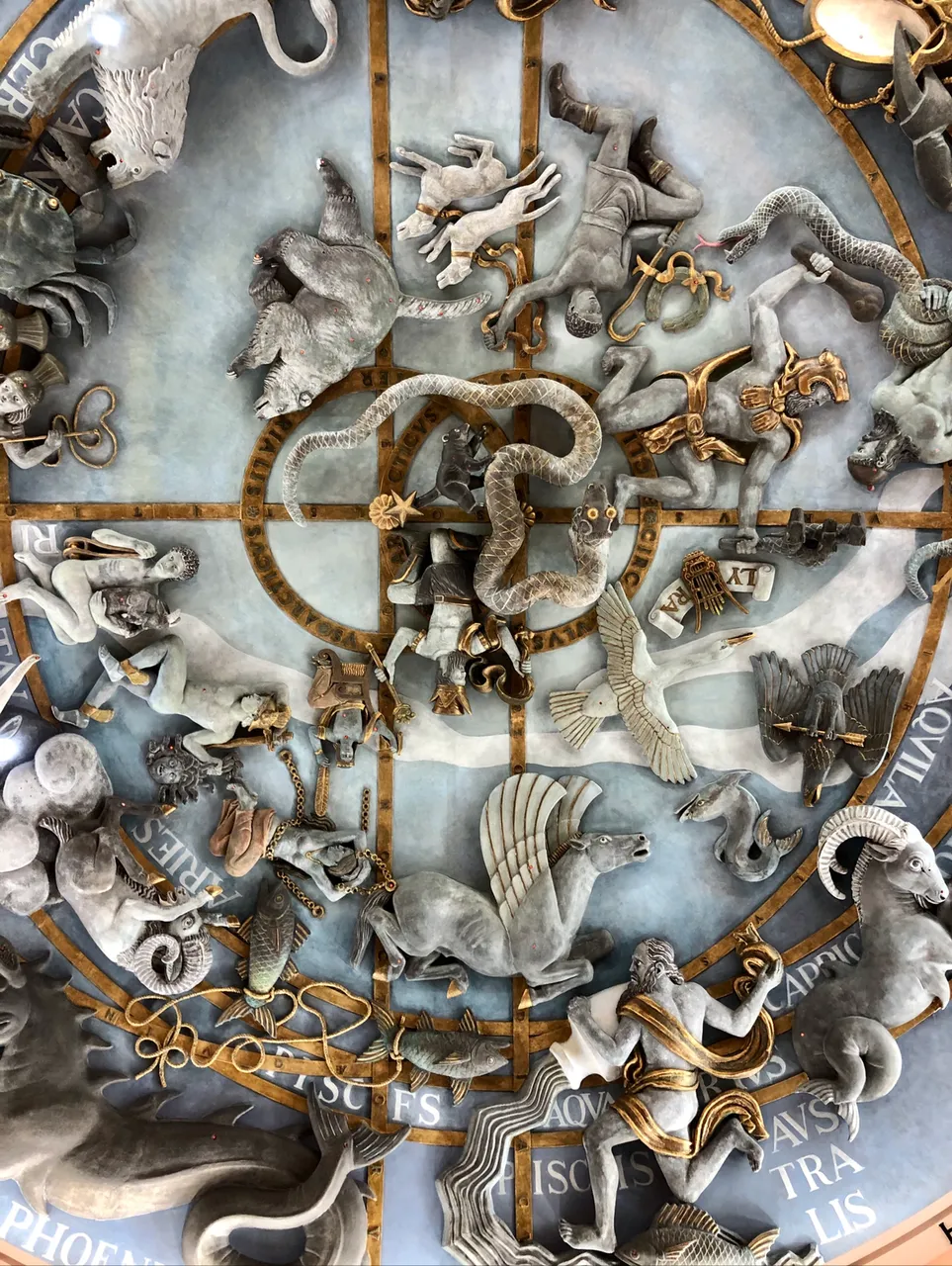
The wall behind the flags and each of the surrounding walls, four in total, are marble and have the names of each fallen American soldier, their rank, date and location they were killed during World War II inscribed on them—seven thousand, eight hundred and fifty eight. As you exit the monument, prior to the remaining rows of memorial sites leaving the cemetery, are finely groomed hedges with Stars and Stripes shaped into them and a fountain at the far end.
